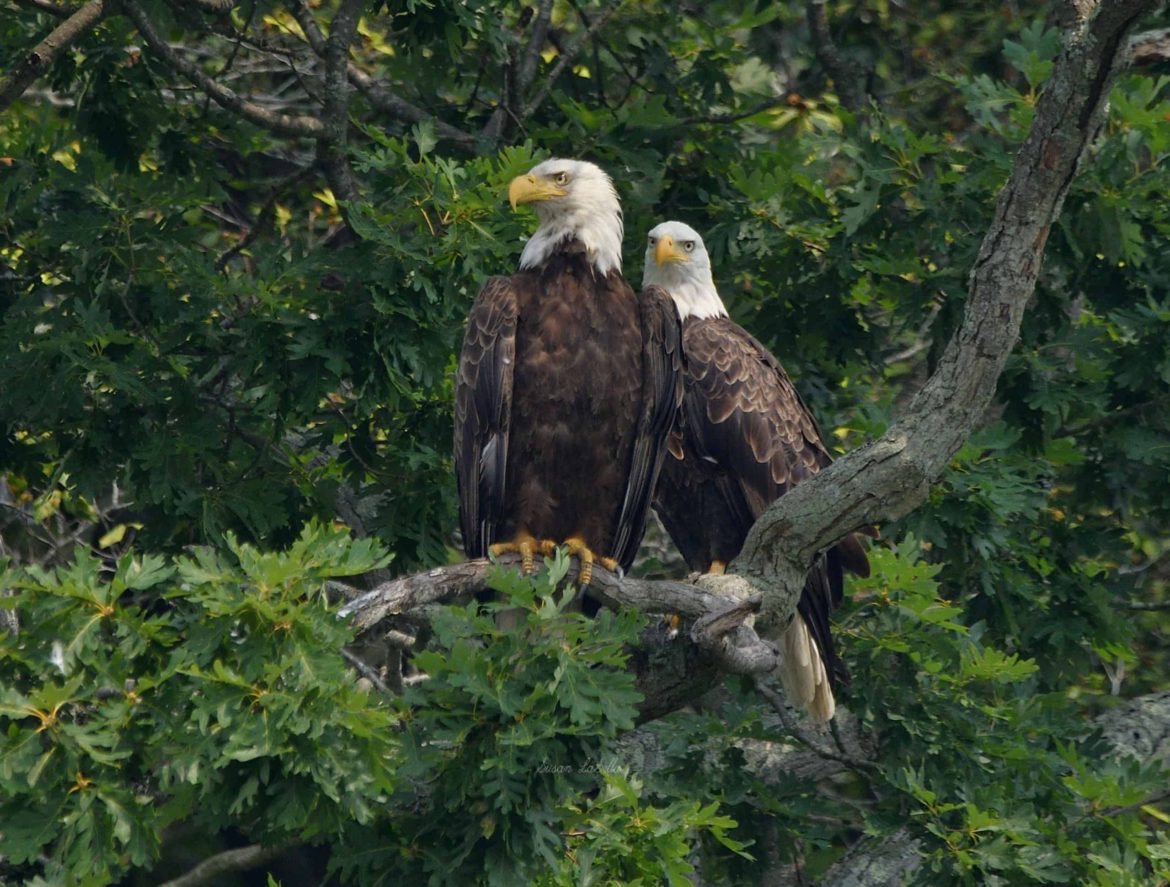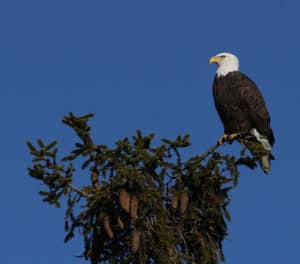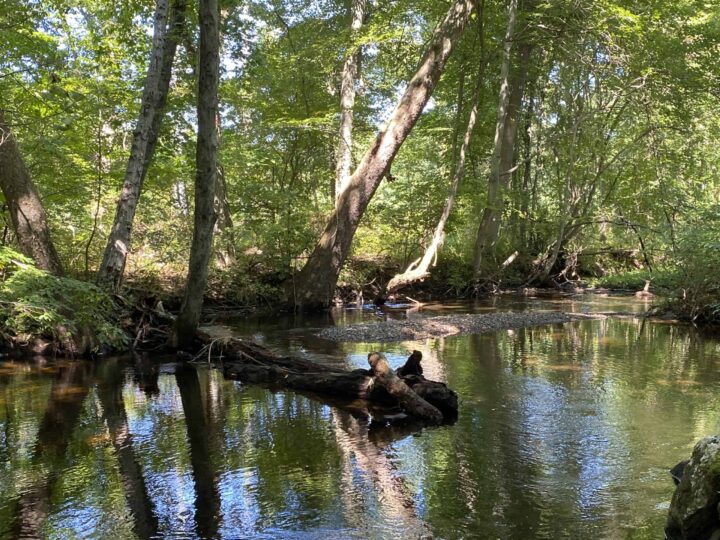
In our beloved town of Milford, a remarkable wildlife conservation success story has been unfolding, captivating the hearts of residents and nature enthusiasts alike. After years of dedicated efforts to restore their habitat and protect these iconic birds, the bald eagle has made a triumphant return to the region, symbolizing the resilience of both the species and the community.
The road to recovery for the bald eagle was marked by concerted efforts. The banning of DDT, the Endangered Species Act, and intensive conservation programs played pivotal roles in aiding these majestic birds. One of the most remarkable success stories in their recovery is the removal of bald eagles from the endangered species list in 2007. espite their improved status, bald eagles remain protected under the Bald and Golden Eagle Protection Act and the Migratory Bird Treaty Act.
The return of the bald eagle to our area is a testament to the success of these efforts. For more than 50 years, the idea of seeing a bald eagle in this region was a distant dream. From the 1940s to the early 1990s, there were no successful bald eagle nests in the state of Connecticut. But as the nesting population here started to rebuild, eagles were even more successful to our north, and began to overwinter along the Housatonic River. There have been about 80 nests and 100 young fledged across the state. In Milford, we are lucky enough to host a couple of nesting pairs.
There’s a chance you’ve recently seen a bald eagle and not realized it. Bald eagles exhibit distinct differences in their appearance as they age. Young bald eagles, often referred to as juveniles, have dark brown feathers overall, including their head and tail, which can be easily mistaken for golden eagles. As they mature, their plumage gradually transitions into the iconic white head and tail feathers that are emblematic of adult bald eagles. This transformation usually takes around 4-5 years, during which time their beaks and talons also change from dark to bright yellow. Adult bald eagles have a striking white head and tail, contrasting with their dark brown body and wings, making them easily recognizable.
If you want to spot a bald eagle, there are a few locations where you’re more likely to encounter them. During the winter they can be spotted anywhere along the Housatonic River, most often from the CT Audubon Coastal Center at Milford Point. Since they are often found over any open water, places like Mondo Ponds and the Milford Harbor area are also great spots to keep an eye on the skies.
Everyone wants that photo of a bald eagle, especially that shot with eaglets in the nest. There are some precautions you can take to get a great bald eagle nest shot while staying on the right side of your conscience—and the law. The birds are most vulnerable during their nesting season, which happens as early as January and could last until June in our area. Each nesting pair has their own tolerance of human activity so keeping 300 yards or more from any individuals or nests is advised. If you notice the birds’ behavior changing, it is a sign to give them more space.
The return of the bald eagle to the Housatonic River is more than just a feel-good story. The presence of bald eagles also serves as an indicator of environmental health. When these birds thrive, it is a sign that their habitat is rich in food sources and clean water. As apex predators, bald eagles play a critical role in maintaining ecological balance. Since their diet primarily consists of fish, their presence helps control fish populations and prevent overpopulation that can harm the river’s ecosystem.
There are still threats to the long-term survival of bald eagles and other birds of prey. Almost all injured hawks, owls, and eagles that are treated at wildlife rehabilitation clinics test positive for rodenticide poisoning, and nearly half the eagles have signs of chronic lead poisoning. There are safer alternatives to anticoagulant rodenticides now available. Lead in ammunition and some fishing tackle is accidentally ingested when eagles eat other animals that contain those items.
Despite these issues, the return of the bald eagle to Milford should be celebrated. Unlike their parents, grandparents and even great-grandparents, children growing up in Milford today will have the privilege of witnessing one of the world’s largest raptors soaring majestically in the skies above their own hometown.
—Ken Elkins




